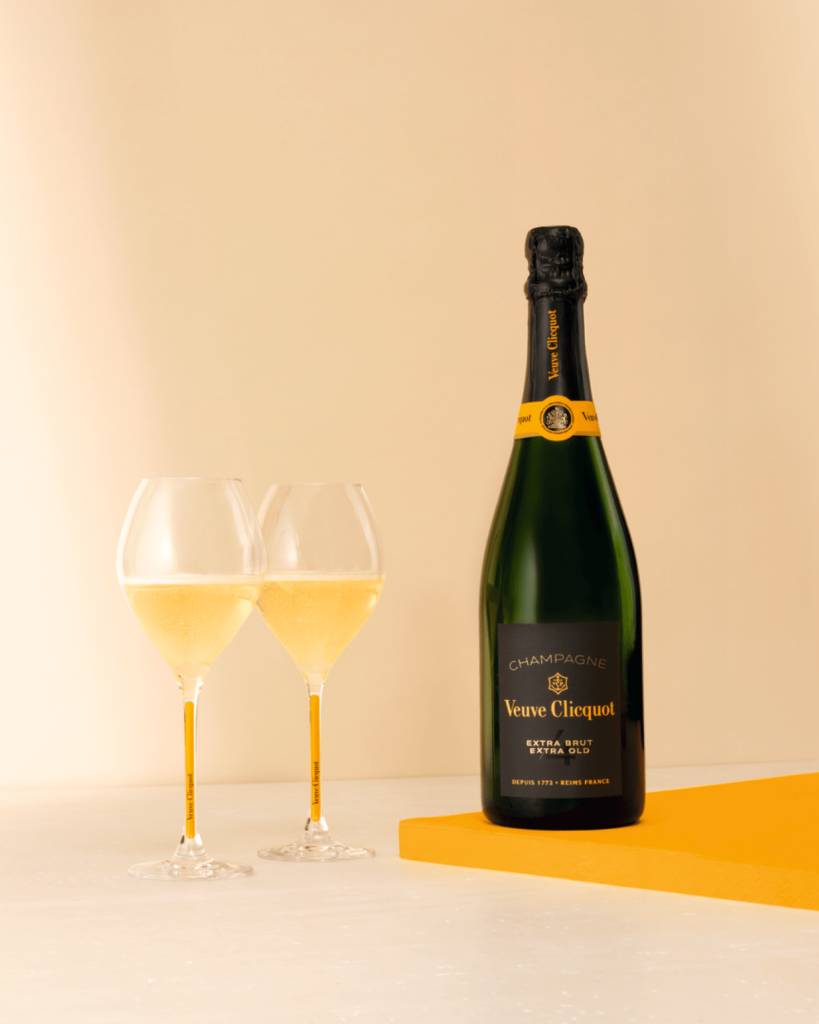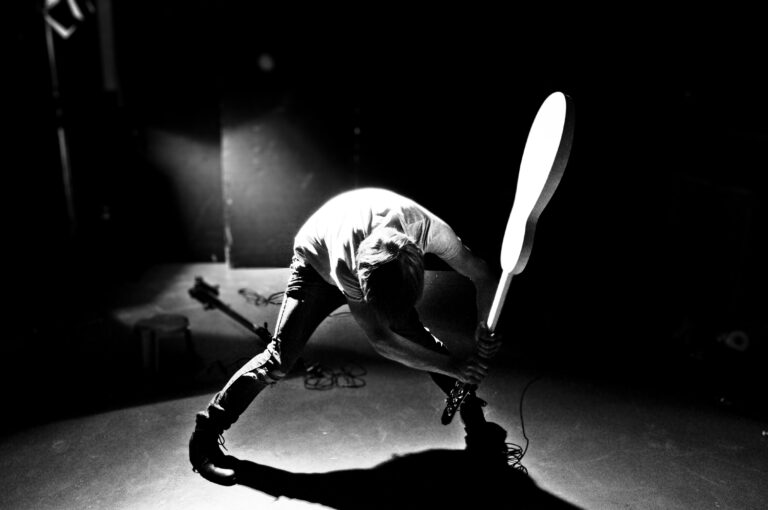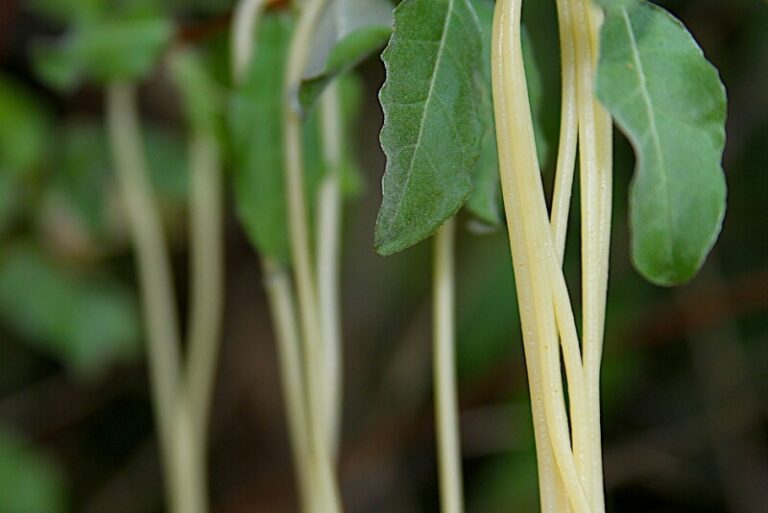This week Richard Juhlin tasted the new version of Veuve Clicquot ‘Extra Old Extra Brut’ [read the full champagne story]
Estimated reading time: 4 minutes

[buy the champagne at Clos 19]
Richard Juhlin Tasting note
Veuve Clicquot ‘Extra Old Extra Brut’ 4ème edition
‘1996, 2008, 2010, 2012, 2013 and most of all 2014 are the vintages of this awesome creation which only consists of reserve wines and a dosage of 3 grams of sugar. Clearly the most inviting and harmonious of the 4 editions. More charm and more roasted coffee notes paired with rare orange-orange fruit in balance with the salt-sprinkled minerality and vanilla notes.’
91(93)p


Didier Mariotti Tasting note
AROMATIC PURITY
‘The initial nose is impressively intense with notes of tilia, honeysuckle and green tea. Ripe orchard fruit and delicate yeast can be detected alongside lemon and grapefruit, rounded off by the toastiness that is always a hallmark of Veuve Clicquot champagnes. Powerful and smooth on the palate, with a light effervescence. Freshness, minerality and purity unite into a remarkably long finish with flashes of salt.’
Didier Mariotti – Cellar Master Veuve Clicquot
FOOD PAIRING
‘Extra Brut Extra Old has the freshness needed to work as an aperitif, and also the depth required to complement a meal. Its flexibility and character make it an ideal accompaniment for light and delicate foods as well as richer flavours. Pair it with well-balanced dishes that are pure and fresh, such as raw vegetables, tartare and ceviche, or with cuisines that are big on salinity and energy, such as seafood.‘

Veuve Clicquot
★★★★
‘In my homecountry Sweden, no Champagne is as well known as the “Gula Änkan,” the Yellow Widow.’
Richard Juhlin
The house was founded in 1772 by Philippe Clicquot. His son, François, married Nicole-Barbe Ponsardin, who took over the company at the age of twenty-seven when she found herself a widow. By her side was Comte Edouard Werlé and the firm’s chef de caves, Antoine Müller. Together with Müller she developed “remuage” using “pupitres.” One Heinrich Bohne then helped to take the Russian market by storm. Throughout the nineteenth century and right up to the 1970s, Clicquot was reckoned as one of the top four or five Champagne companies, a position they still are very close to obtain. At first the company merged with Canard-Duchêne, but today it is a part of the powerful Louis Vuitton Moët Hennessy (LVMH) group.
The 284 hectares owned by Clicquot in twenty-two villages are enough for around three of the almost 18 million bottles produced each year. The most important crus for La Grande Dame and the vintage wine are Ambonnay, Bouzy, Avize, Cramant, Le Mesnil, Oger, Verzy and Verzenay. Since 1962 modern vinification techniques and stainless-steel tanks have been used. If you find old, well-kept vintages they’ll be very like Bollinger and Krug. Despite the factory scale, the house has managed to keep its Pinot-based classic style, where dough, bread, and pepper are clear elements.
Jacques Peters, who is brother to François Peters in Le Mesnil and an equally gifted winemaker, should get the credit for Clicquot’s quality. The talented winemaker Dominique Demarville followed smothly in the same tracks and now its Didier Mariottis turn to lead the glorious path. The rich and honeyed La Grande Dame is a wonderful champagne, but the powerfull and nutty vintage wine often gives best value for money. Cave Privée is probably the best bargain on the market.
‘A classic house that is one of the greatest!’
Richard Juhlin





